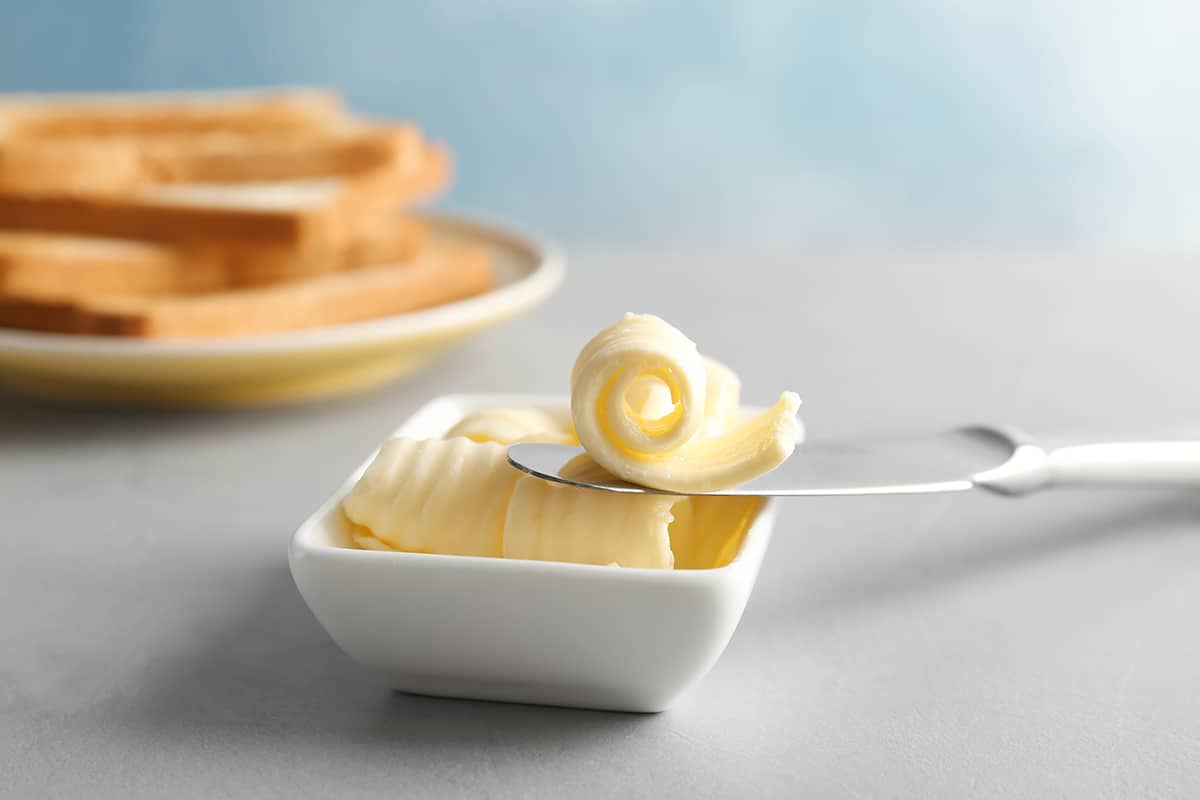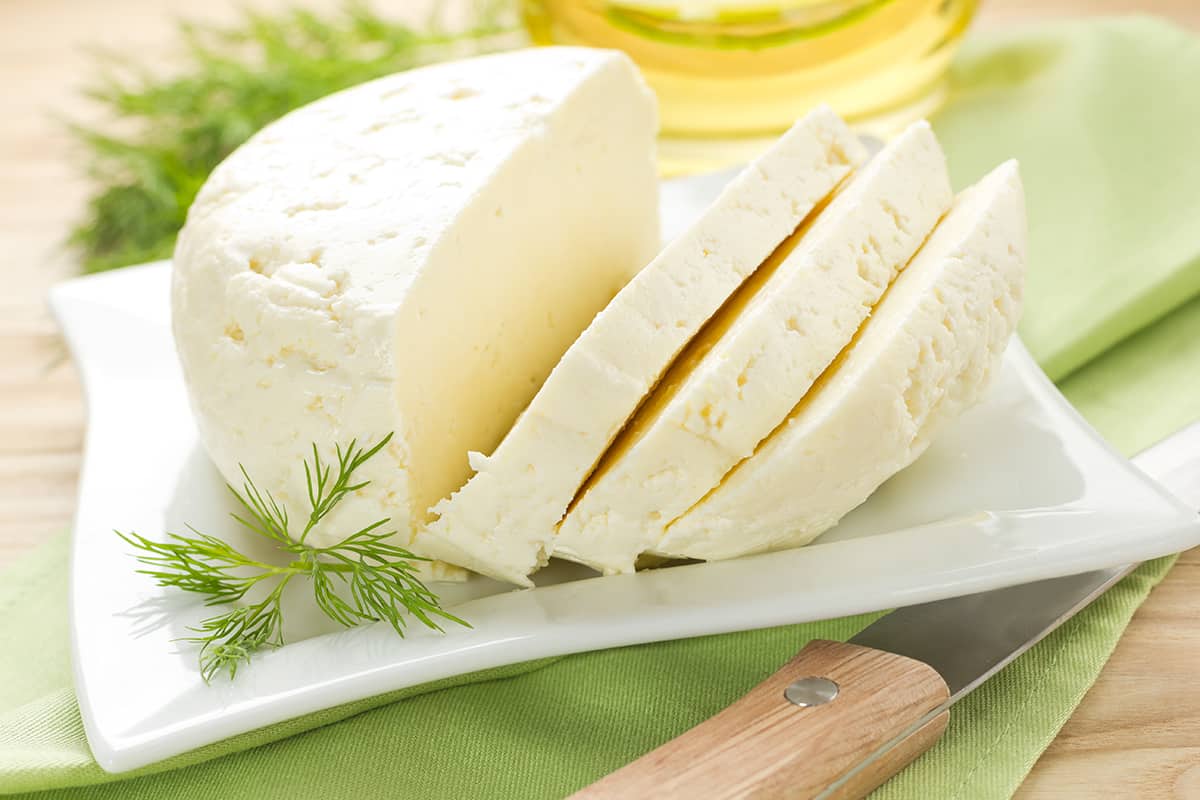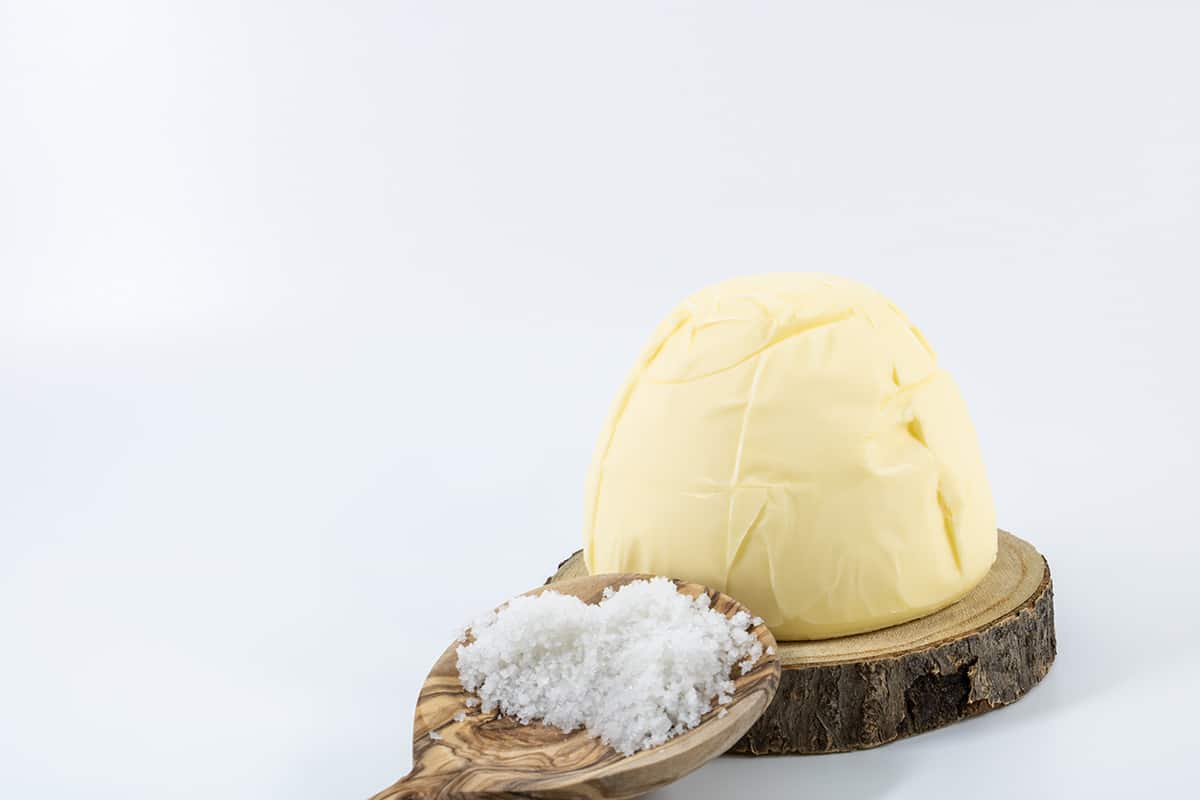Have you ever tried to recreate an online recipe that calls for a “pat” of butter? If so, you were probably left in utter confusion while trying to figure out what on Earth a pat is. Unfortunately, the answer isn’t quite so straightforward.
There is no universally understood meaning of a pat of butter. A pat is simply a tiny quantity of butter you cut from a butter stick or scoop from a tub, or it can be an individual butter packet. However, if you want to pre-make pats of butter, a good measurement is 1 × 1 inches at ⅓ inches thick.
In this guide, I will explain everything you need to know about pats of butter, from their weight to volume and even calorie count. That way, you’ll have a pretty good idea of how much fat you’re introducing to a dish.
What Does a “Pat” of Butter Mean?
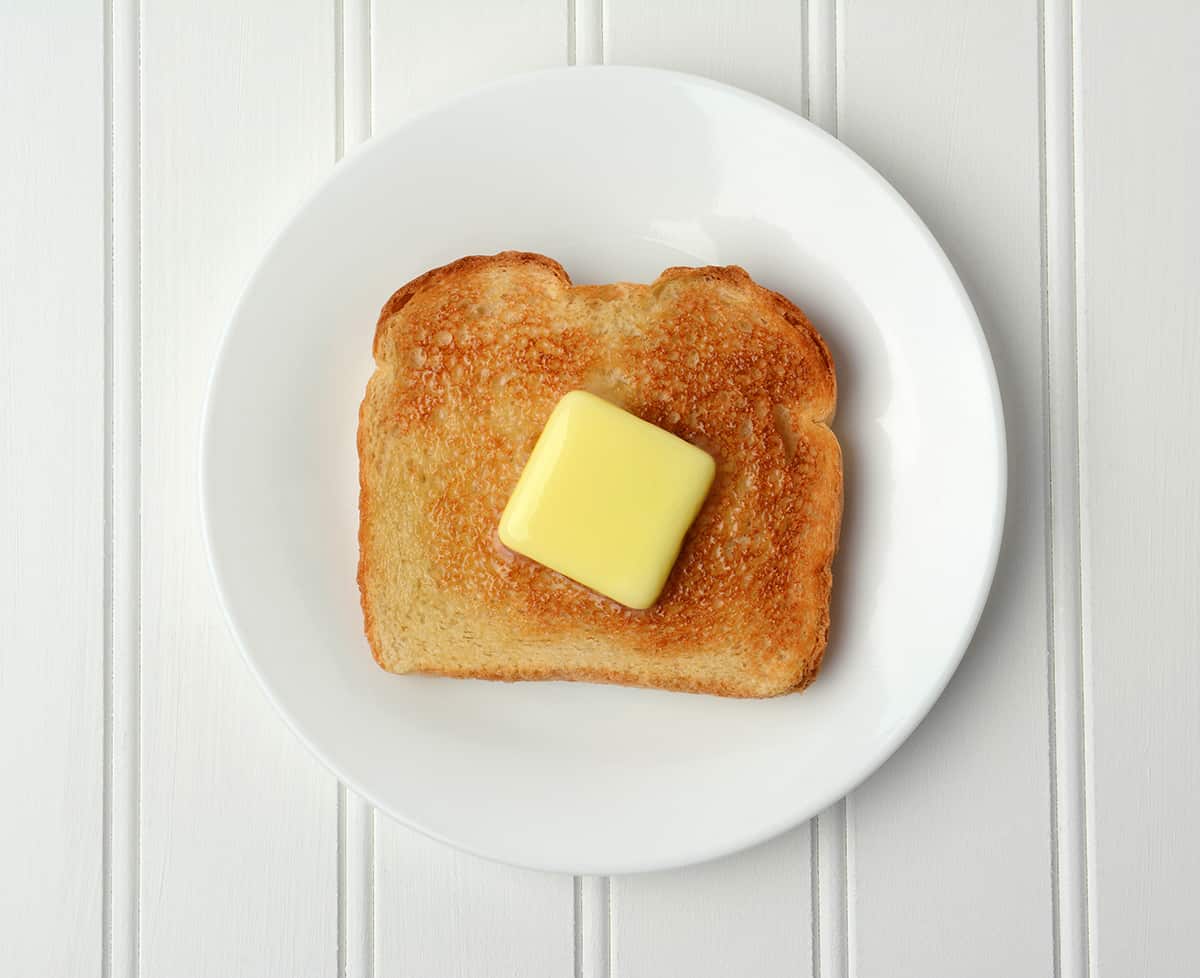
The term “pat” comes from the way chefs of old used to pat butter into molds. While those flower or animal-shaped molds. For one reason or another, pat was used to refer to the tiny quantity of butter portioned into the individual molds, and it stuck.
The technical definition of a pat of butter is “a tiny amount of butter.” That doesn’t help very much since “tiny” can mean many things to many people. And to make matters even more confusing, pat is not a unit of measurement.
However, if you spend time in the kitchen, you should have a pretty good understanding of what a pat of butter is without much confusion. A pat can be defined as the amount of butter you need to spread on a slice of bread or a small block that you place on top of steaks, pancakes, and waffles. Knowing these definitions can help us visualize how much (or how little) butter there is per pat.
To give you a better idea of what constitutes a pat of butter, take a look at these individual foil-wrapped butter portions from Lakeland. Each packet contains enough butter to spread on a biscuit or an ordinary slice of toast—nothing more, nothing less.
How Much Is a Pat of Butter?
Since there is no universally understood meaning of what a pat is, the cook can decide how much or how little butter to add to every pat.
That said, you can follow what most chefs do and limit each pat of butter to between ⅓ and ½ tablespoons. A single stick of butter contains ½ cup, which means that it should produce between 16 and 24 pats. A 1-cup tub can be portioned to create twice as many pats if you want, and a 2-cup block can produce four times as many pats as a stick.
How to Make a Pat of Butter?

To portion a stick of butter, simply use the guidelines on the wax packaging and cut 2 to 3 equal-size parts per line (1 line = 1 tablespoon). Ideally, you should use an ultra-sharp knife against a near-frozen stick of butter to get the cleanest cuts possible.
However, the hard part is trying to portion and mold the individual pats while scooping them out from the plastic container. You can also try scooping the warm butter out of the plastic tub, transferring it to a sheet of cling film, and rolling it into a log. That way, you can cut through the plastic to create quasi-equal pats of butter more accurately.
After portioning the individual pats, place them in a bit of plastic and leave them in the fridge to harden. When you’re ready to serve, take the pats of butter out of the fridge, unwrap the pats, and serve them on top of your steak, waffles, or pancakes. Alternatively, you can use individual pats to scramble eggs or butter toast, muffins, and biscuits.
How Many Calories per Pat of Butter?
Figuring out the caloric count per pat of butter can be difficult since pats aren’t always uniform in size. However, if we were to assume that a single pat of butter equals ½ or ⅓ tablespoon of butter, we would get the following based on Healthline’s butter stats:
- 34 to 51 calories
- 3.83 to 5.75 total fat
- 3.67 to 5.5% vitamin A
- 0.67 to 1% vitamin E
- 0.33 to 0.5% vitamin B12
- 033 to 0.5% vitamin K
As you can see, in moderation, butter can be a healthy part of your diet. However, it’s quite easy to go overboard, seeing as how delicious butter is and how delicious it makes everything taste. If you want to stick to a moderate amount of butter per day, limit your daily intake to one to two tablespoons per day. That roughly translates to two to four ½-tablespoon pats or three to six 1/3-tablespoon pats. It doesn’t sound like very little anymore, does it?
How Long Does a Pat of Butter Last?
A stick of butter usually has a shelf life of up to nine months in the fridge when covered. So, if you haven’t portioned the stick into individual pats, you’ll have around nine months to figure that out. However, you should still follow the best-by date printed on the butter package.
You should know that the more you handle butter, the quicker it will expire. Keep your hands and utensils away from butter until you’re ready to use it, and finish the stick of butter as soon as you can after handling it. Individual pats cut from a handmade “log” of butter may expire sooner since you’ve handled it so much.
Can I Infuse Pats of Butter with Herbs?
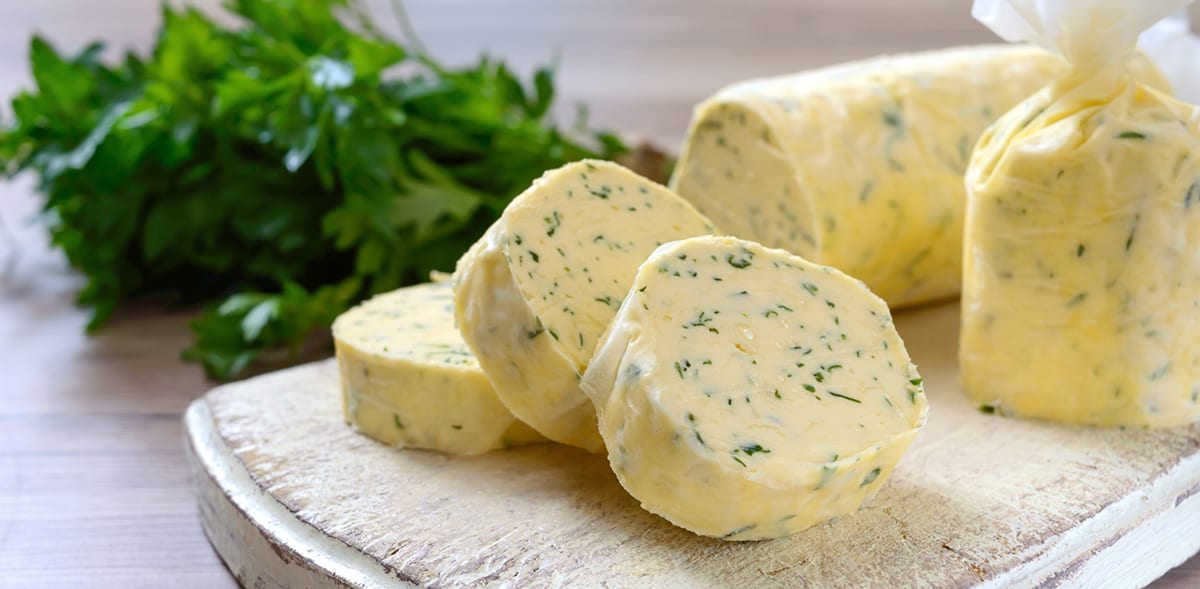
Yes, but you will need to let the butter come up to room temperature beforehand. To infuse butter, place the butter in a mixing bowl, add whatever herbs and seasoning you want, place the infused butter on a sheet of cling film, roll it into a log, and stick it in the refrigerator to harden.
Please note that infusing butter involves handling it with your hands, which may accelerate spoilage. It should remain good in the fridge for two months or so, but you should still serve it as soon as the flavors have melded together.

